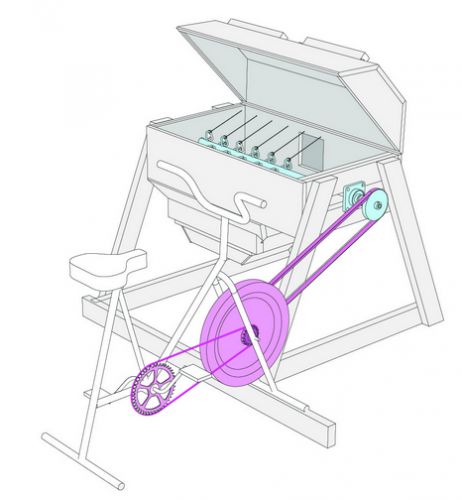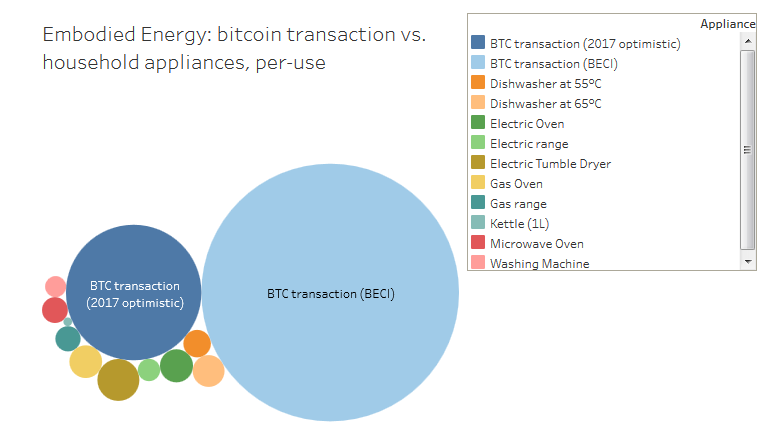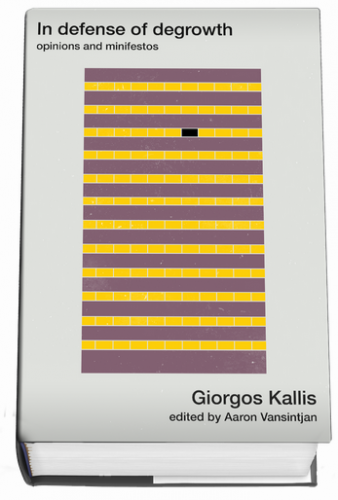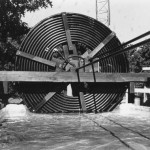- God in the machine: my strange journey into transhumanism. [The Guardian]
- Should you feel sad about the demise of the written letter? [Aeon]
- A year without a byte [code.flickr.com]
- When power is low, I often hack in the evenings by lantern light. [joey hess]
- Olimex Open Source Laptop. [hackaday]
- Why we can’t look away from our screens. [NYT]
- Why I am not going to buy a cellphone. [Aeon]
- Forget smartphones — the Nokia 3310 is still the mobile of the future. [The Guardian]
- Pause! We can go back. [New York Review of Books]
- And their eyes glazed over. [Aeon]
- The analog spaces in digital companies. [New Yorker]
Links via Roel Roscam Abbing, Aaron Vansintjan & Mark van den Borre.










